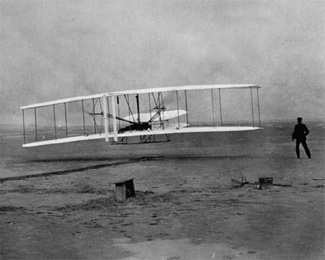by TC Furlong
 At the most basic level, for anything that functions, there likely has been a design.
At the most basic level, for anything that functions, there likely has been a design.
Sometimes the design is good and sometimes it’s not as good.
For example, many inventors tried to make a flying machine, but it wasn’t until the Wright brothers came along with their design for what we now know as an airplane that anything got off the ground.
In modern aircraft, engineers and designers have really only improved and refined the original design by carefully implementing ideas, methods, and tools for coming up with a better design.
When it comes time to design a modern sound system, the same rules of carefully implementing ideas, methods, and tools apply.
The analogy of flight and sound system might be a good one because air and sound are both invisible, making it harder to “see” how the delivery is happening—both involve understanding how transmission happens and to what extent collisions can cause you grief, and there is concern about whether or not you will have enough power to successfully cover the desired distance.
The best tool you can use to achieve a great design is knowledge.
Knowledge of both the behavior of individual components and how to design a system for the best chance of success.
There are dozens of places in a sound system design that things can go wrong. Designing a system with care in gain structure, for instance, can allow a distortion-free signal. Designing a system that includes speakers of the appropriate size and sufficient power and quantity, aimed correctly at the intended coverage area will provide a better result than slapping up any old thing without the benefit of a thoughtful design.
We have years of experience successfully designing audio systems of all sizes. For help with audio system design, please contact us at 847.367.9588.